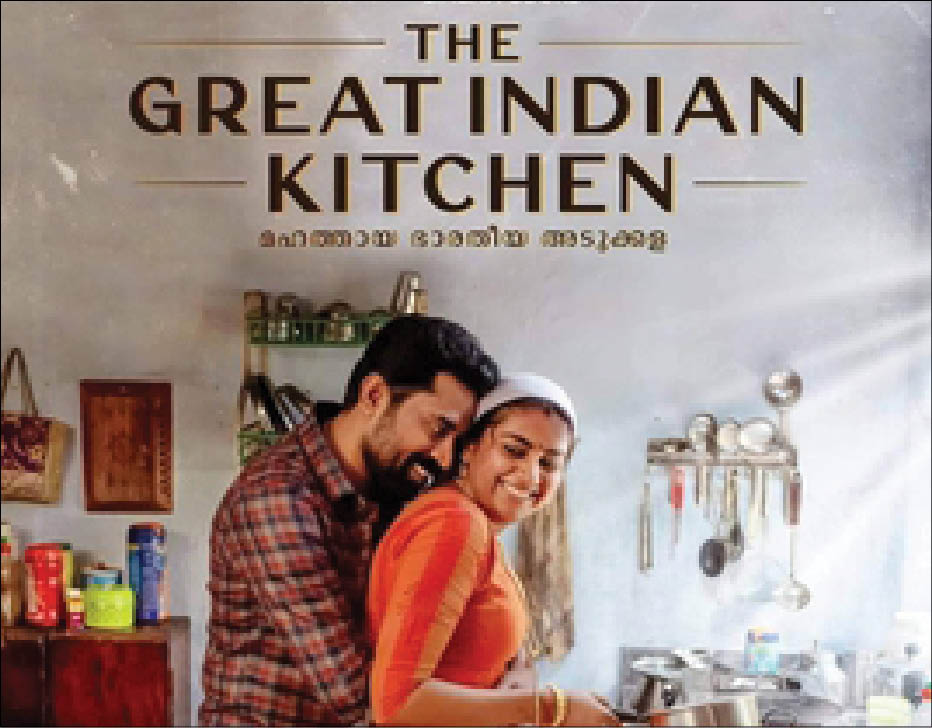There is always an ongoing debate about North India versus South India be it politics, culture, art, food and so on. Even entertainment which is supposed to be a unifying force given that it allows people to be lost in a phantasmical world for a few hours, all has a clear North-South invisible line dividing it. Whether this be due to the multi-linguistic nature of our country or other factors, no one can deny that the Indian film industry is so varied in its stories and filmmaking across the country. And this diversity is also what makes our entertainment industry unlike any other and makes it a market more difficult to predict and grow in. However, Hindi cinema was always seen as ‘Indian cinema’ and that is where the major perception change needed to happen. And it has, finally.
Today, there is a lot to cheer about since Bollywood films are no longer considered the benchmark for Indian cinema and nor are they the only kind of cinema that mainstream movie goers are seeking. Films from across regions in India are now being sought-after for their strong, unique content; the talented actors; the acclaimed technicians and musicians, and the freshness they provide from the over-the-top, unrealistic films that have been common fodder for many years now. Take the Malayalam film ‘The Great Indian Kitchen’ directed by Jeo Baby. Baby told media that the movie starring Nimisha Sajayan and Suraj Venjaramoodu, was rejected by both Amazon and Netflix and premiered on a small digital platform, Neestream (where I watched it). Post raving reviews and views, Amazon Prime Video came back to pick up the film. Now, it’s being hailed as one of the best Indian films not just by the audience but even by celebs.
Regional film industries are not being given their due lament numerous filmmakers from south India. Talented young actors from south India like Dhanush, Fahadh Faasil, Nithya Menen, Parvathy or Siddharth, prefer to work in their own language or in south India for a variety of reasons. The question is how many people up North know about them and watch their films. Most south films are highly content-driven and portray realism sans the glam and bells and whistles, and this may not be everyone’s cup of tea. What is undeniable though is that talent scores every time. Dhanush’s latest flick ‘Karnan’ is a caste-based film set in a rural milieu and director Mari Selvaraj has delivered an audacious film. The audience is predicting that Dhanush, who just won his second National Award, is all set to bag a third while Selvaraj may walk away with Best Director too.
The list of films that one must watch from smaller film industries is many and it’s imperative not just for the Hindi film industry to recognise this talent and content but also for OTT platforms to give small filmmakers and small films their due. Many small filmmakers state that OTT platforms only seek big names to attract the audience but the fact is that unique stories that are well told with strong performances will always have a ready audience. Firstly, some OTT platforms use mediators to buy content and this is a major hurdle since mediators will push films that they like versus what the audience will like and what the platform needs. This is definitely not the right strategy to adopt in our country given what we know about mediators and the middle man business. Secondly, OTT platforms often lack the requisite knowledge with regard to our cultural landscape and corresponding content aesthetics. Stars and well-known directors may bring immediate eye-balls to an OTT platform but it won’t translate into long-term usage of the platform by the viewer unless there is quality content on the platform. Thirdly, given the pandemic and how it has affected the theatrical business across the globe, OTT platforms need to give opportunities to smaller filmmakers and talent more than the big production houses. Small filmmakers have proved that they can make successful films on shoestring budgets of Rs 1.5 to Rs 2 crores.
Now that theatres are back to 50% occupancy and night curfew is on across several states, the audience seems to be heading back to digital streaming platforms. Hope OTT players give more opportunities to smaller filmmakers not just from Hindi film industry, but across all film industries in India.
Indian cinema and the North-South divide
- Advertisement -

